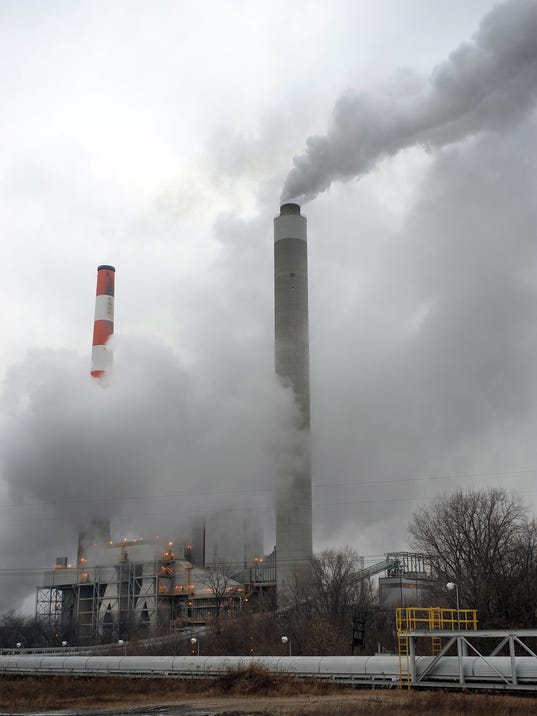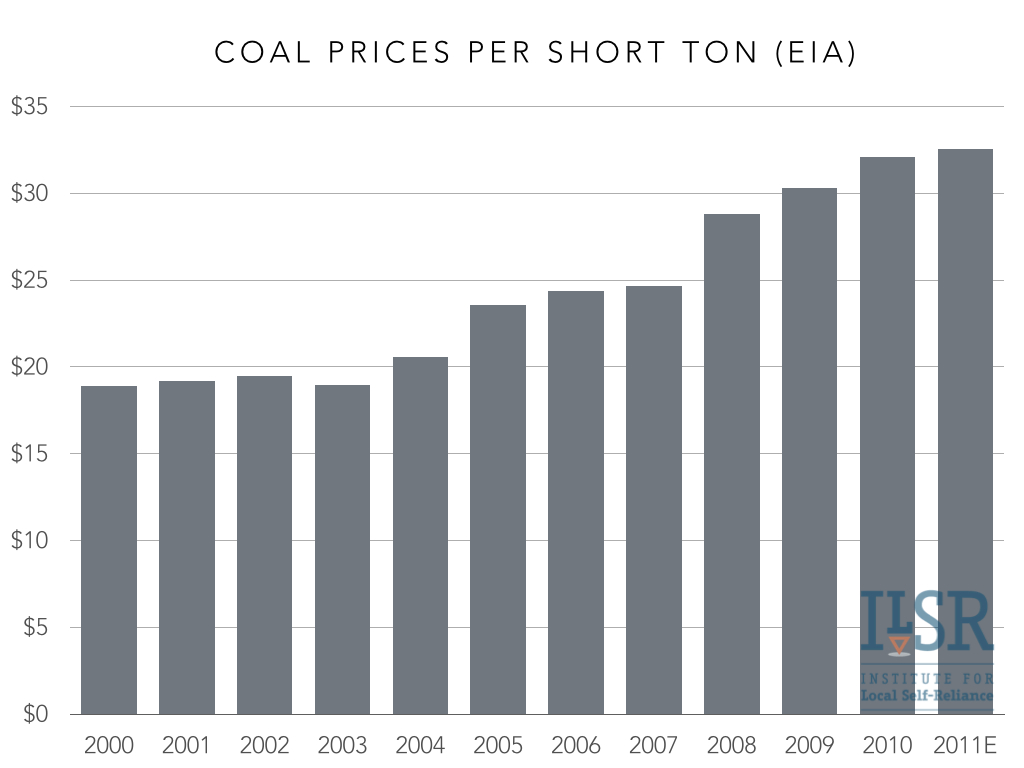Indiana leaders slam stricter greenhouse gas emission rules
WASHINGTON — Indiana can't reduce greenhouse gas emissions from its power plants as much or as quickly as the federal government wants, state leaders told the federal government this week.
"The proposed rules are ill-conceived and poorly constructed," Gov. Mike Pence said in a letter accompanying the state's official comments about an Environmental Protection Agency plan that he has said would be devastating to Indiana. "There is too much pain for very little gain."
Some other Hoosiers who met Monday's deadline for commenting on the first draft of the proposal praised it, saying Indiana won't clean up unless it's forced to.
"I am from the coal-dependent state of Indiana and I understand that limiting carbon pollution might cause higher energy costs," wrote Nancy Papas of Indianapolis. "I'm retired and while higher costs are a concern for me, the costs of lung disease and lost crops and food supply due to pollution and climate change are even higher. Limiting pollution is a net cost savings as well as a life-saver."
The proposal, which could be a legacy issue for the Obama administration unless Republicans are able to block it, is intended to reduce nationwide carbon dioxide emissions from power plants 30 percent from 2005 levels by 2030. That's the equivalent of taking two-thirds of the nation's cars and trucks off the road, according to the EPA.
The United Nations' leading panel on climate change warned this fall that the world is at a tipping point and must start reducing greenhouse gases to avoid irreversible changes to the ecosystem.
Indiana's power plants produce more carbon dioxide than plants in all but three other states.
Under the proposed rule, Indiana would have to reduce by 20 percent the amount of carbon dioxide generated per unit of electricity by 2030. The target for each state is different because the EPA took into account how difficult it would be for states to increase plant efficiencies, reduce energy demand, switch to renewable energy sources or use natural gas instead of coal — which sends more carbon dioxide into the atmosphere for the amount of energy produced than any other energy source.
The state said in more than 30 pages of comments that the plan does not give Indiana enough time to comply. While states would have about a year after the rule is finalized next year to decide how to achieve the reductions, states need at least five years to come up with a plan, Indiana said in comments submitted by the Indiana Department of Environmental Management and other state agencies.
Even with extra time, however, state officials said EPA's assumptions on how much progress could be made are wrong.
For example, the state said there's not enough evidence to back up the EPA's calculation that Indiana power plants could become 6 percent more efficient at burning fossil fuels for power.
And to increase the use of renewable fuels as much as the EPA estimated was doable, Indiana would have to essentially double its wind farm capacity, the state said. But the state doesn't have the infrastructure to use all the wind energy currently produced. More transmission lines are scheduled to be built, but not quickly enough to meet the federal deadlines, the state said.
In addition to the state's criticisms of the way the proposal is written, Pence is also challenging the EPA's authority to issue the regulation. State officials outlined several reasons they believe the proposed rule is illegal. Indiana is already challenging the rule in a lawsuit filed with 11 other states.
By contrast, a group of leaders from state environmental agencies, energy agencies and public utility commissions in 14 states joined Monday to back the plan.
"Climate impacts are already affecting Minnesota citizens, businesses, farmers and communities," said John Linc Stine, commissioner of the Minnesota Pollution Control Agency. "The need for action is urgent and (the proposal) represents a significant step forward to address the challenge."
And more than 220 businesses announced Tuesday their support for the plan, trying to counter the opposition from business organizations like the National Association of Manufacturers.
"Working to achieve a low-carbon economy makes environmental and economic sense for us," said John Gardner, vice president of Novelis Inc., the world's largest manufacturer of rolled aluminum. Indiana is among the states where Novelis has manufacturing plants. "In an increasing energy- and carbon-constrained world, we believe it's a key source of competitive advantage for our company and for our customers."
Some Hoosiers, however, said they feared job losses if the rule goes into effect.
"I believe that these guidelines will cause a dramatic shift in the source of energy, resulting in a loss of manufacturing jobs," wrote David Emerson, an engineer from Crawfordsville.
Terre Haute Mayor Duke Bennett said Indiana will lose the cost advantage of coal-fired energy, which may cause businesses to close.
"Without the reliable and affordable electricity coal-fired energy plants provide, new businesses may be deterred from coming to Terre Haute," he wrote.
If the rule goes into effect, the EPA estimates rates in the region that includes Indiana will be about 6 percent higher in 2020 than they would be without the rule. By 2030, as the cost of making energy improvements and other efficiencies begin to pay off, the increase in rates due to the rule is projected to be less than 1 percent, according to the EPA. Opponents say rate increases would be much larger.
The EPA plans to finalize the rule by June.
Email Maureen Groppe at mgroppe@gannett.com. Follow her on Twitter: @mgroppe.









